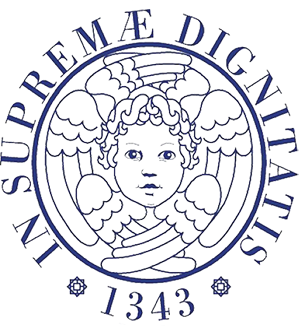Definition:
the repair of the hypospadias consists in the reconstruction of the urethra up to the apex of the penis and in the correction of the eventual associated penile curvature.
There are different types of hypospadias depending on the severity of the defect (distance of the hypospadiac meatus from the apex of the penis) so there are different corrective surgical interventions: the more the hypospadiac meatus is far from the apex of the penis, the more severe the hypospadias will be, and the longer and more complex the urethral reconstruction to be performed will be. There are several surgical techniques that substantially group together in one-time or two-time repairs, with or without the use of preputial grafts or flaps. In some cases circumcision is performed.
The intervention lasts between 1 and 3 hours, depending on the technique used.
Preparation:
antibiotic prophylaxis is expected.
Type and duration of hospitalization:
the operation is performed under general anesthesia. During the operation a bladder catheter is left in place for a variable period of time (3-15 days) depending on the type of intervention and the length of the urethral reconstruction.
The hospital stay is minimal (1-2 days) in order to reduce the psychological trauma in the child: this leads to greater responsibility of the parent involved in post-operative care.
Complications:
hypospadias surgery has short-term complications that most often resolve spontaneously: wound infection with pus and fever, hematoma-dehiscence-necrosis of the wound.
Long-term complications occur in about 30% of cases (stenosis of the neomeatus and neourethra, urethral fistula, calculi and hair in the neourethra, urethral diverticula, penile scars, residual penile curvature, etc.) and are not surgically addressed before 6 months from the first intervention.
Attention at discharge:
in patients under 2 years the catheter is usually fixed externally to the glans with a sticht and left “open” with a continuous drip directly into the diaper. In older patients the catheter can be connected to a collecting bag. In case of interruption of the flow of urine, angles of the catheter are excluded and its patency verified by a washing.
Post-operative pain may be caused by irritated bladder spasms due to the presence of the catheter: the child complains, keeps the legs bent and reports the urge to “pee”. There are medications that can limit pain and prevent bladder spasms.
The dressing is removed after a few days: the penile edema persists for a few days. In order to promote healing and to prevent the formation of clots and crusts, it is advisable to apply an antibiotic ointment at the level of the neomeatus for a few days.

